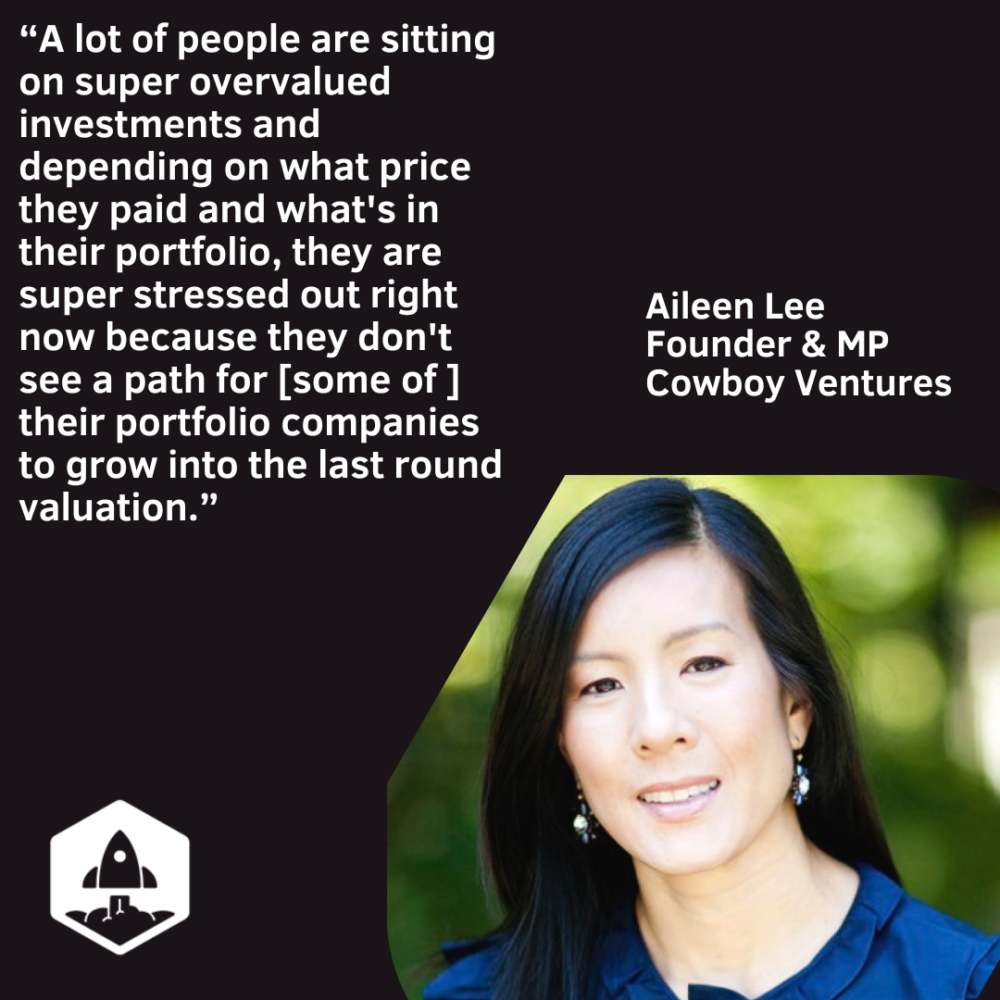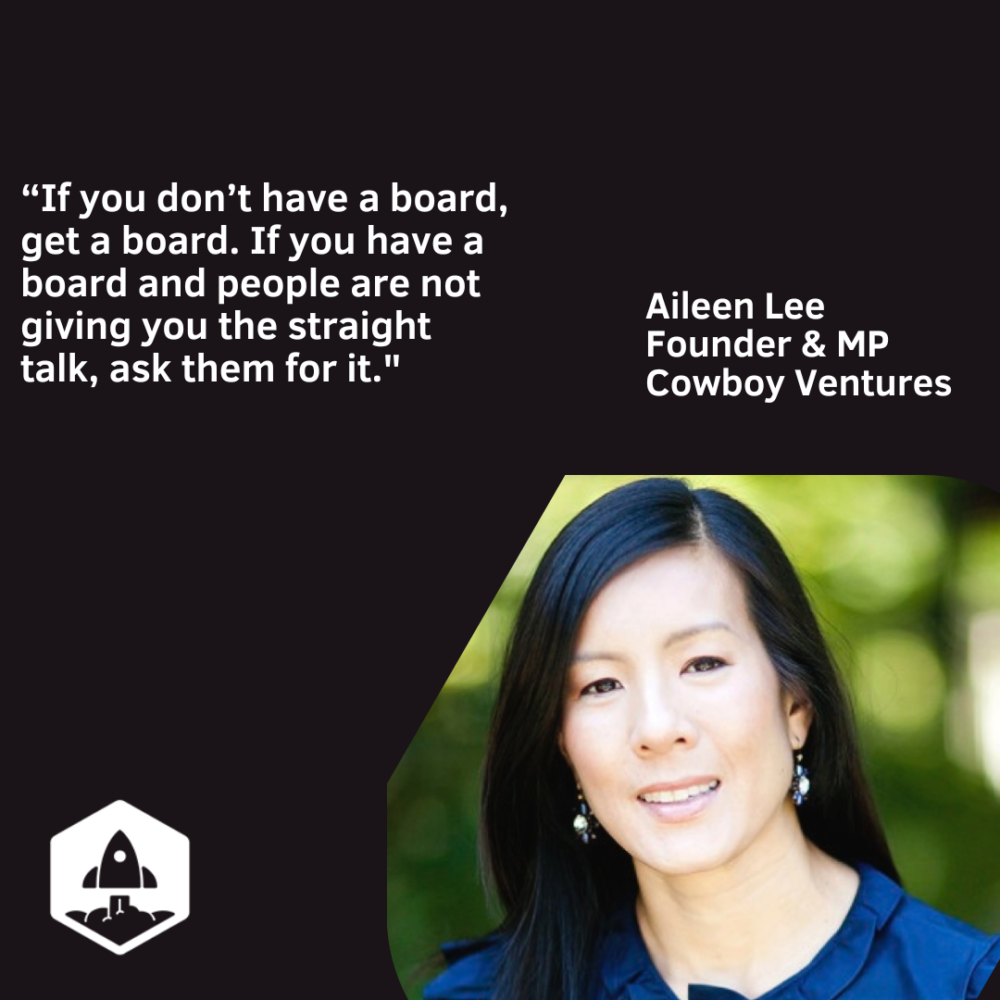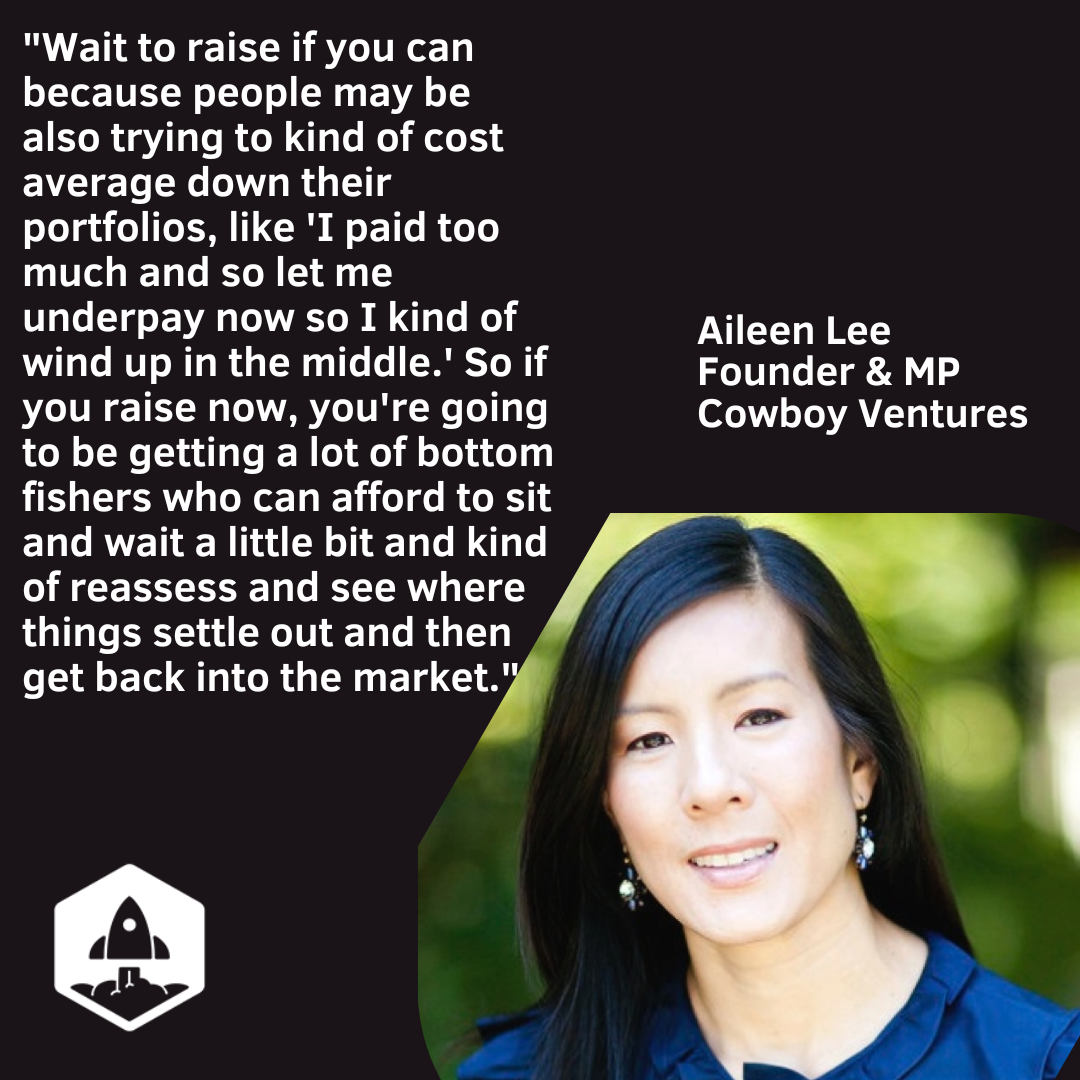The number of global venture capital (VC) investments dipped in 2022, thanks to ongoing geopolitical tensions, turbulence in global capital markets, supply chain issues, and increasing interest rates. This has caused VC investors to be increasingly wary. With no end in sight to the economic uncertainty, VC investment could remain soft, with downward pressure on valuations resulting in decreasing levels of investment.
Founder and Managing Partner at Cowboy Ventures, Aileen Lee, discusses the state of the VC market in 2022 with Founder and CEO of SaaStr Jason Lemkin—the change in VC activities and seed deals, the importance of the board in the success of a startup, profitability and much more.
The recent downward movement
Venture capital firms pumped a lot of money into the economy during the pandemic, buying countless software companies. For example, Zoom, a cloud-based video conferencing platform, grew tremendously and emerged as one of the most prominent corporate success stories. Other companies started looking up to Zoom to achieve similar growth rates, which was a false assumption.
The rise and fall of these investments have resulted in negativity in the global VC space in 2022. VCs and investors are still adjusting to the market. Seed extensions are happening a lot now, which differs from the classic seed round.
“Many venture investors are currently sitting on overvalued investments and don’t see a path for their portfolio companies to grow into the last round valuation.”
Founder-led funds have also had an impact on the state of the market. As founder-led funds got bigger, they hired young investors who have not seen cycles of market adjustments. For them, going from a $50 million post-seed valuation to a $25 million post-seed valuation is not a big deal, but the valuations will still adjust for the rest of this year.

Despite the negativity, there are reasons to be optimistic about the market—particularly after Adobe’s Figma acquisition. On September 15th, Adobe announced that it would acquire Figma, a web-based graphics editing and user interface design tool, in a deal worth $20 billion. Founded in 2012, Figma was valued at $10 billion in its last funding round in 2021. The $20 billion exit marked a significant win for Figma’s venture capital backers.
Startups and the need for an engaged board
In the past five years, the presence of an engaged board has decreased in startups, which in turn has increased its importance. It has been a founder-dominated market, where investors have become increasingly hesitant to give straightforward feedback to founders. They’re afraid the founder isn’t going to receive it well, and it’ll become a bad reference for them in the market. Remember, the VCs have their own investor called the Limited Partners (LPs) in their funds, and to raise a fund from LPs, good references matter to VCs.
This has resulted in investors telling founders what they think founders want to hear instead of the hard truth necessary for successful growth. This hard truth includes:
- highlighting the metrics that need improvement
- pointing out the blind spots that require work
- advising founders if they’re deluding themselves
Building a unicorn is hard, and it’s a battle. To survive, you need a team of strategic partners to help you lay out your battle plan. That’s the role of a board in a startup’s journey.
“If you don’t have a board, get a board. If you have a board and people are not giving you the straight talk, ask them for it.”
Another factor adding to this lack of constructive criticism is the experience of investors themselves. Many new investors have not been through cycles. Often underutilized, independent and outside board members can be helpful in such cases. Your investors have colleagues in their network with problem-specific experiences; talk to your board and bring them in as advisors.
Having a board is not enough if you don’t put effort into getting together for a board meeting regularly. How often is a question for you to decide, but scheduling the next board meeting must be a part of your board meeting agenda.

The impact of rising interest rates on startup valuations
Traditional stock market companies trade on cash flow multiples, and on a profit and loss statement, the best indicator of cash flow is EBITDA or EBIT. Because SaaS companies have high margins, revenue became a proxy for EBIT, and the valuations changed to multiples of revenue. So, if your company goes public, the financial analysts will again look at the cash flow, not the revenue.
This is where interest rates impact startup valuations. Higher interest rates raise the discounted cash flow rates, reducing the multiple you’re going to raise on.
The current revenue multiples reached 20x at the peak of the pandemic but have now come down to 5-6x, which is where they were five years ago. Aileen doesn’t think that this is a complete reversion. The multiples will increase a bit moving forward but will not be as high as we’ve seen in the past couple of years. The best course of action is to hope for the best and prepare for the worst.
Do investors care about profitability?
Seed and Series A are about shipping your product, getting to product-market fit, and then growing revenue. In building after you’ve raised seed and series A, you start getting a sense of
- What are the margins of your business
- What is your ICP (Ideal Customer Profile)
- Do your ideal customers love your product
Usually, the discussion about profitability starts happening when you’re raising series B and beyond. In the recent environment, the shift will happen where people are going to ask you the fundamental gross margins of your business earlier than they used to.
Inefficient growth is now reserved for a tiny elite—where last year, it was available to many. This tiny elite includes well-funded startups, growing at high speed with multiple years of runway ahead of them. Even in their case, the conversation has changed to discussing the tradeoffs between growing 5x and 10x as compared to a default green signal to focus on 10x growth last year. The revenue quality and retention rates are more a part of conversations now.
A word of caution when thinking about profitability: growth is still essential. “Don’t worry about growth and focus on profitability” is bad advice for startups and VCs alike.
Advice for funders and founders

When Aileen drafted the first unicorn report, she looked at vintage birth years—what were the best years to start/found companies that go on to become unicorns. Downturn years stand out to be the best year to start a company. From that perspective, the rest of 2022 and next year is the best time for VCs to look for potential unicorns.
Similar to Figma capturing Adobe’s market share and landing a $20B exit, there is massive opportunity in markets dominated by old, slow-moving incumbents. Also, there has been a lot of SaaS catering sell-in, and there’s opportunity for new software in sell-through focusing on customer success. Working on “land, expand and keep your customers” is more efficient than focusing on getting new ones. There’s a lot of “dry powder” on the sidelines, but to get that, you have to know investors focusing on your niche—marketplaces, CRM, security enablement, etc.
Finally, it’s better for founders to delay raising more money for a while. Many investors are trying to cost-average down their portfolios. They have invested at higher rates and are now underpaying to land somewhere in the middle. If founders wait a few months, bottom fishers will be ready to invest. These investors can afford to wait, assess the future and then get back into the market.
The post VC State of the Market with SaaStr CEO Jason Lemkin and Cowboy Ventures Founder & MP Aileen Lee (Pod 597 + Video) appeared first on SaaStr.
via https://www.aiupnow.com
Amanda Beaty, Khareem Sudlow
